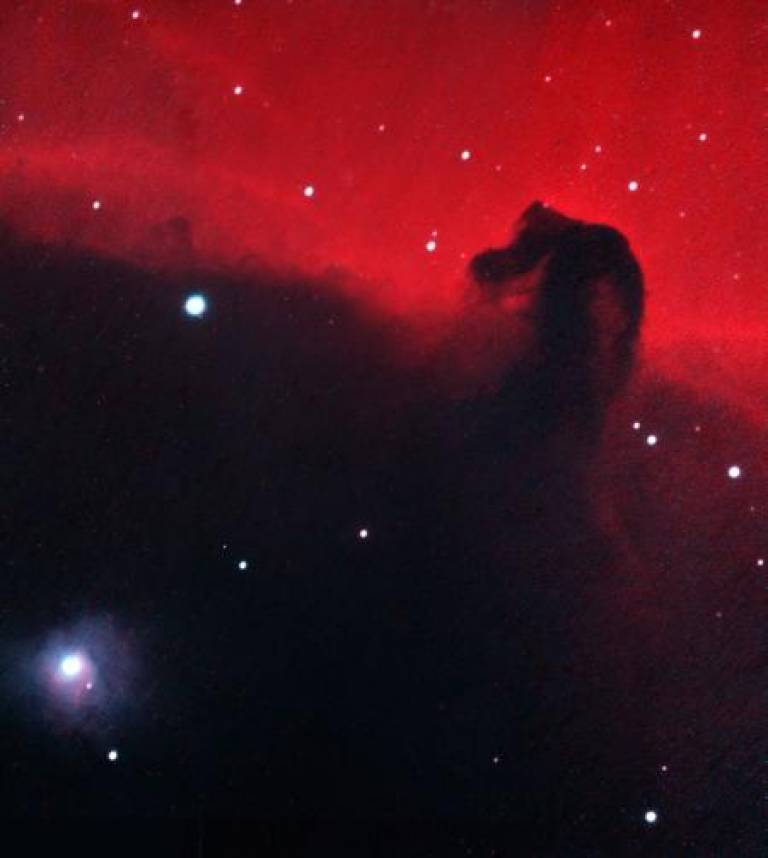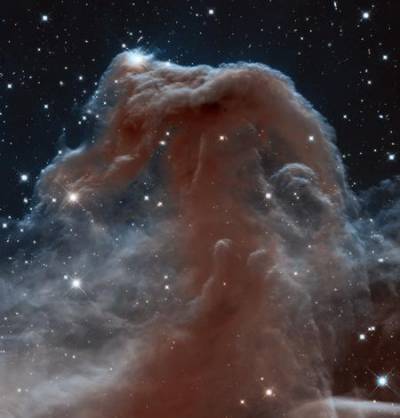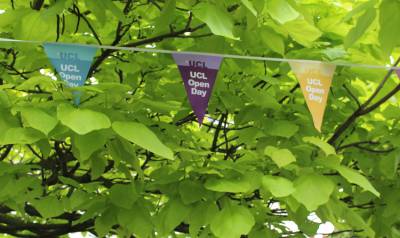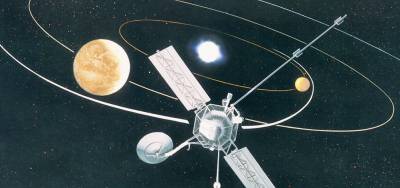The Horse head nebula
2 December 2013

Discovering the physics and chemistry of the cosmos is different to carrying out experiments in the lab. In the lab, samples can be tested, experiments can be repeated, and if anything looks odd, you can always look from another angle to see if it's just a trick of perspective. For astronomers, none of this is possible: the only information they have is in the light that reaches their telescopes.
Fortunately, light - and in particular, its colour - can tell us a lot. This image of the famous Horsehead Nebula (also known as Barnard 33), observed at the University of London Observatory, reveals a region of ongoing star formation. The red glow comes from excited hydrogen gas, which is energised by the ultraviolet radiation coming from extremely hot stars that have recently been born. Some of the star formation is hidden, though: the dark dusty region that gives the nebula its name is not a gap in the glowing hydrogen, but a cloud of opaque dust in front of it.
Here, once again, light and colours come to the astronomer's rescue. Our eyes can only see a small proportion of the electromagnetic spectrum - 'colours' like ultraviolet, infrared, as well as X-rays and microwaves are all part of the same continuum, but are invisible to our eyes.
For astronomers looking at dusty regions of space, infrared light, the part which is just redder than what our eyes can see, is extremely useful as it shines through dust more than visible light does.
A similar effect can be seen during sunsets on Earth - sunlight seen through our dusty atmosphere looks very red, because the blue and green wavelengths are scattered by the dust. Infrared does this even more effectively and can shine brightly even through dense dusty clouds. Just how effective it is can be seen from this infrared image from Hubble, which reveals the newborn stars hidden inside the dusty horse's head.

Hubble's razor-sharp picture also shows the benefit of having a telescope orbiting above the Earth's atmosphere, rather than peering through the turbulent and light-polluted skies of North London.
ULO image: credit University of London Observatory/UCL Physics & Astronomy/Bob Winter/Sandor Kruk
Hubble image: NASA, ESA & the Hubble Heritage Team (STScI/AURA)
Links
High resolution image
ULO image
Hubble image
These images can be reproduced freely providing the source is credited
 Close
Close




